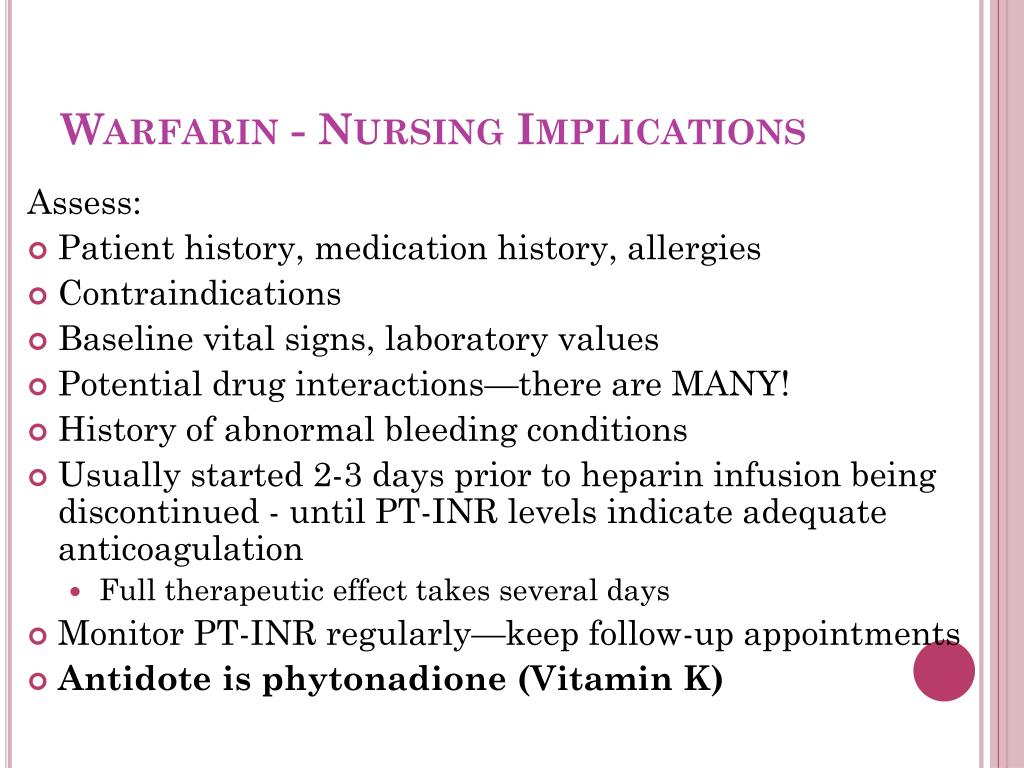

With intravenous unfractionated heparin for treatment of venous thromboembolic disease. Subcutaneous enoxaparin once or twice daily compared
#Lovenox antidote trial#
Merli G, Spiro TE, Olsson C-G, et al Enoxaparin Clinical Trial Group. Heparin Sodium Injection, Prescribing Information.

In elective cancer surgery: a double-blind randomized multicentre trial with venographic assessment. Efficacy and safety of enoxaparin versus unfractionated heparin for prevention of deep vein thrombosis sanofi-aventis, Bridgewater, NJ.ĮNOXACAN Study Group. Lovenox® (enoxaparin sodium injection) Prescribing Information. Prescription Lovenox is available in pharmacies.Ĭlick here for information on Sharps Medical Waste Disposal. Representative or call sanofi-aventis U.S.


Please see full Prescribing Information, including boxed WARNING.įor more information, contact your local sanofi-aventis U.S. Medically or with percutaneous coronary intervention (PCI). Lovenox, when administered concurrently with aspirin, has been shown to reduce the rate of the combined endpoint of recurrent myocardial infarction (MI) or death in patients with acute ST-segment elevation MI (STEMI) receiving thrombolysis and being managed Treatment of acute ST-segment Elevation Myocardial Infarction (STEMI) Lovenox is indicated for the prophylaxis of ischemic complications of unstable angina (UA) and non–Q-wave MI, when concurrently administered Prophylaxis of Ischemic Complications of Unstable Angina and Non-Q-wave Myocardial Infarction
The outpatient treatment of acute deep vein thrombosis without pulmonary embolism when administered in conjunction with warfarin sodium. The inpatient treatment of acute deep vein thrombosis with or without pulmonary embolism, when administered in conjunction with warfarin sodium. In medical patients who are at risk for thromboembolic complications due to severely restricted mobility during acute illness. In patients undergoing knee-replacement surgery. In patients undergoing hip-replacement surgery, during and following hospitalization. In patients undergoing abdominal surgery who are at risk for thromboembolic complications. Lovenox is indicated for the prophylaxis of deep vein thrombosis, which may lead to pulmonary embolism: Indications Prophylaxis of deep vein thrombosis For patients with creatinine clearance 1%) were bleeding, anemia, thrombocytopenia, elevation of serum aminotransferase, diarrhea, nausea, ecchymosis, fever, edema, peripheral edema, dyspnea, confusion, and injection site pain. An unexplained fall in hematocrit (HCT) or blood pressure should lead to a search for a bleeding site. BleedingĬan occur at any site during Lovenox therapy. Major hemorrhages including retroperitoneal and intracranial bleeding have been reported. When determining the timing of placement/removal of an epidural catheter or lumbar puncture for each patient. While the exact timing is not known, the pharmacokinetic profile of Lovenox should be considered epidural or spinal anesthesia/analgesia or spinal puncture). Lovenox should be used with extreme caution in conditions with increased risk of hemorrhage (eg. Products, or benzyl alcohol (multi-dose formulation only). Lovenox is contraindicated in patients with active major bleeding history of heparin-induced thrombocytopenia (HIT) within the past 100 days or in the presence of circulating antibodies known hypersensitivity to enoxaparin sodium, heparin, pork. If neurological compromise is noted, urgent treatment is necessary.Ĭonsider the benefits and risks before neuraxial intervention in patients anticoagulated or to be anticoagulated for thromboprophylaxis. Monitor patients frequently for signs and symptoms of neurological impairment. Optimal timing between the administration of Lovenox and neuraxial procedures is not known. A history of spinal deformity or spinal surgery. A history of traumatic or repeated epidural or spinal punctures. Concomitant use of other drugs that affect hemostasis, such as non-steroidal anti-inflammatory drugs (NSAIDs), platelet inhibitors, and other anticoagulants. Factors that can increase the risk of developing epidural or spinal hematomas in these patients include: Consider these risks when scheduling patients for spinal procedures. These hematomas may result in long-term or permanent Epidural or spinal hematomas may occur in patients who are anticoagulated with low molecular weight heparins (LMWH) or heparinoids and are receiving neuraxial anesthesia or undergoing spinal puncture.








 0 kommentar(er)
0 kommentar(er)
